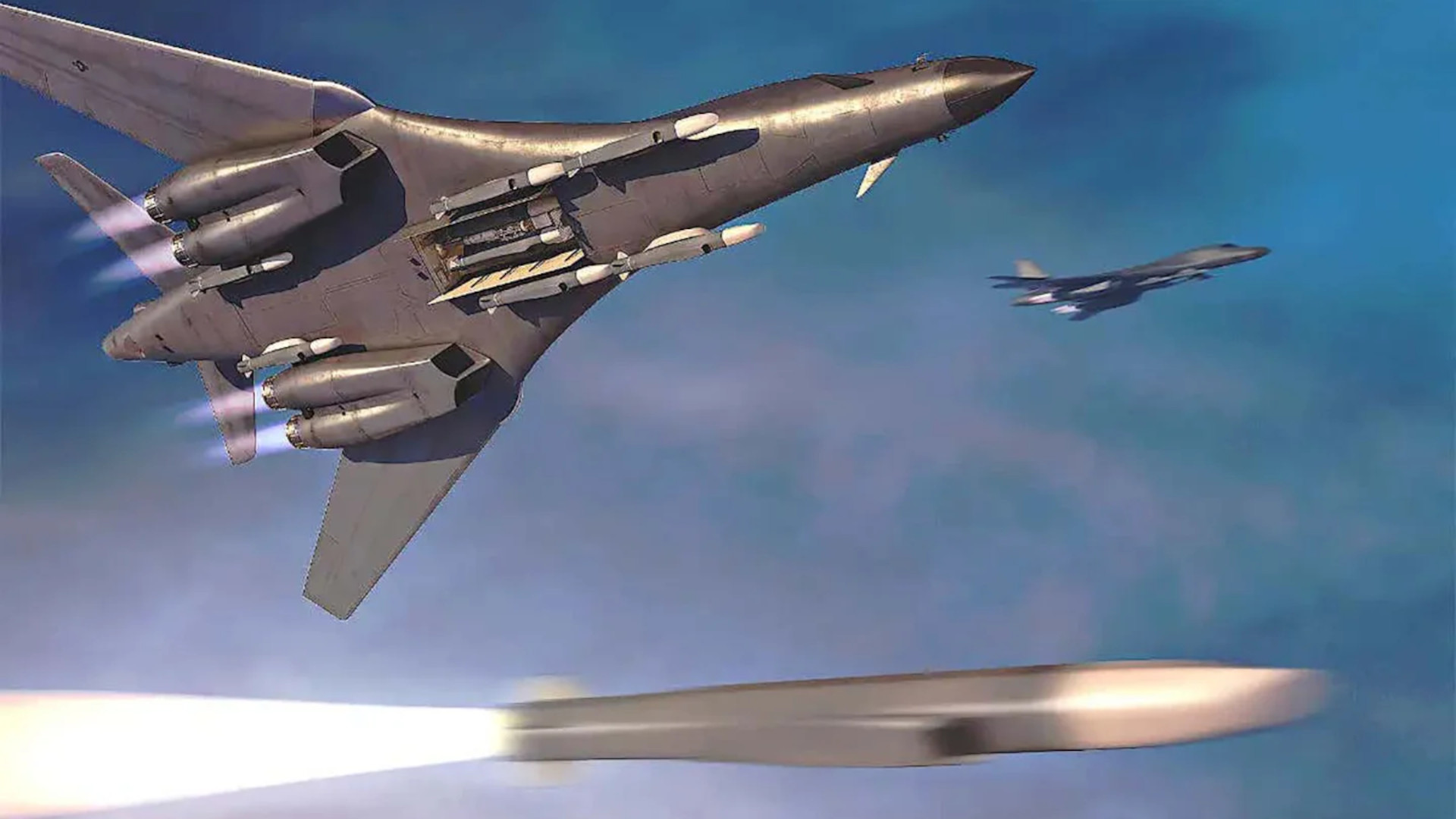The B-1B bomber is set to become a key testbed for supporting U.S. Air Force hypersonic weapon development, according to Boeing. The company says a new external pylon design, rated for payloads weighing up to 7,500 pounds, will help the aircraft in this role. This all comes as the Air Force is pushing ahead with work on an air-breathing hypersonic cruise missile, which is, in part, leveraging ongoing testing of Boeing’s own experimental HyFly 2 design.
Boeing provided the details about the B-1B’s future place in the Air Force’s larger hypersonic testing ecosystem and a look at its new Load Adaptable Modular (LAM) pylon to journalists during a recent media event at Tinker Air Force Base in Oklahoma, according to Air & Space Forces Magazine. The company has previously talked about hypersonic weapon test plans in relation to the B-1B. However, at that time, this appear to be more focused on future operational capabilities rather than a focus on supporting research and development and test and evaluation activities.
“The whole point of this … is for the B-1 to become the hypersonic testbed for the Air Force,” Jennifer Wong, head of bomber programs at Boeing, said during the recent press tour at Tinker, according to Air & Space Forces Magazine. “Because of all the modernization efforts on the B-52, we can actually not take away from what we’re doing on the B-52 today to have it test hypersonics.”
Boeing is currently the prime contractor for sustaining the B-1B, as well as the B-52. The Air Force currently plans to retire the last B-1Bs by 2036 and transition units flying them to new B-21 Raider stealth bombers, while continuing to operate heavily upgraded B-52s through at least 2050. The B-2 Spirit stealth bomber fleet is also set to be retired in the coming years.
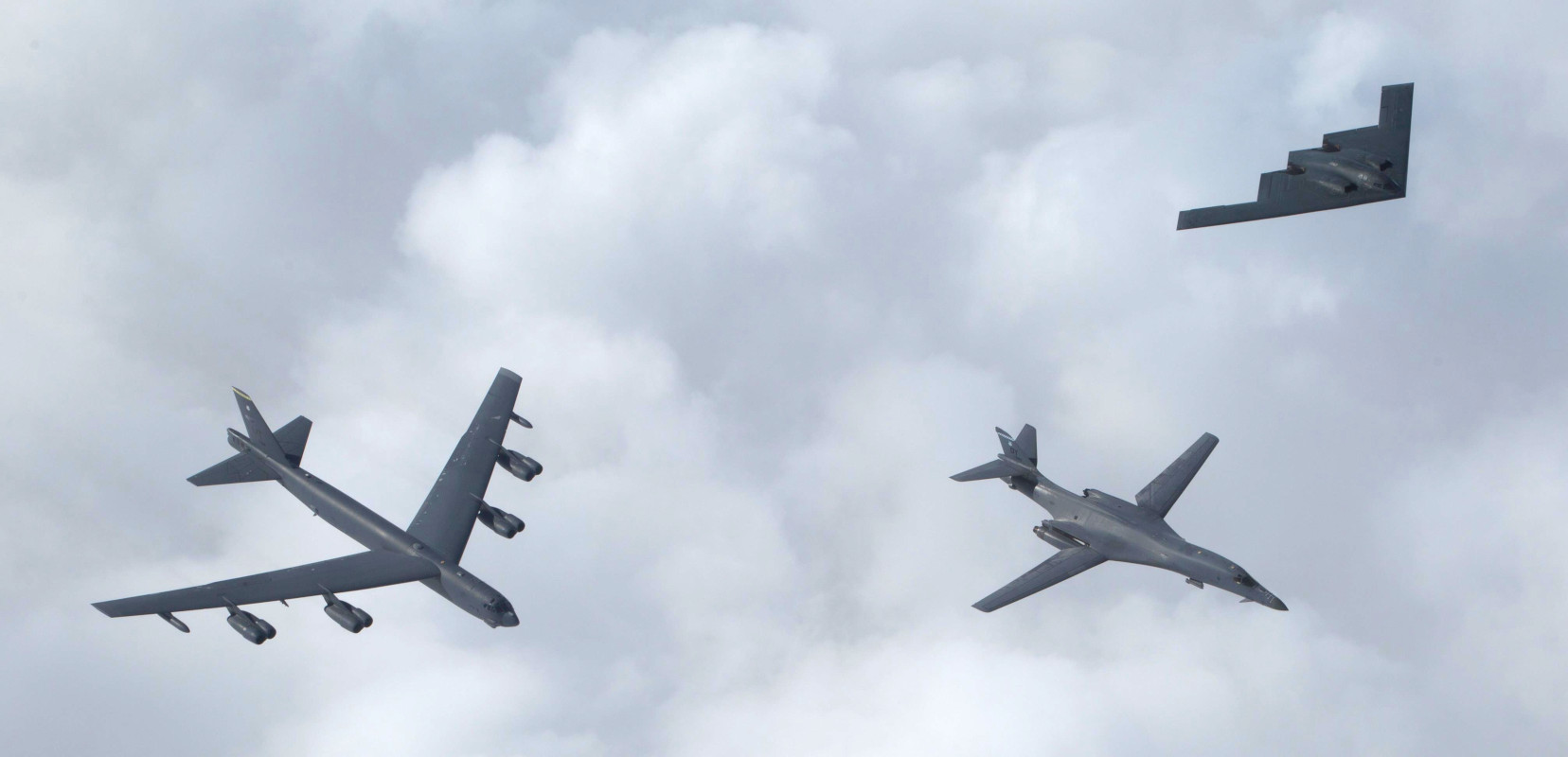
This is a significant change from how the Air Force has presented its hypersonic testing plans in relation to its bomber fleets in the past, which put great emphasis on the B-52. The B-52 has been the lone test platform for the service’s AGM-183A Air-Launched Rapid Response Weapon (ARRW), which has suffered technical issues and multiple major test failures. Long expected to be the Air Force’s first operational air-launched hypersonic missile, ARRW is now set to be canceled after the current round of scheduled testing ends unless Congress intervenes.

Boeing’s Wong said that the Air Force is “not going there, just yet” with regard to past proposals for new super-heavy underwing pylons for the B-52, which had also been linked in part to hypersonic weapon development. This further underscores the shift toward the B-1B when it comes to supporting this work.
In the meantime, the Air Force’s plans to otherwise significantly upgrade its B-52Hs have solidified. This work will include new engines, radars, and much more, which will offer important capability boosts in various regards and significantly alter how the aircraft looks externally. The re-engining work by itself will be extensive enough to result in the bombers being redesignated as B-52Js.
The Air Force hopes to have all of its B-52s fully upgraded by 2035. In that period, groups of these bombers, which are components of the airborne leg of America’s nuclear triad and also important long-range conventional strike platforms, will have to be taken out of service for extended periods of time to undergo the various modification processes.
“So we will be doing hypersonics testing on the B-1,” according to Boeing’s Wong.
Boeing sees the LAM pylon as a key enabler for the B-1B in this role, as well as for performing other missions. The company internally developed it, but Air Force funding is now being used to test it. The pylons attach to the B-1B’s external hardpoints, which were originally intended to allow the carriage of additional nuclear-armed air-launched cruise missiles. The hard points fell into disuse after the Air Force stripped the nuclear weapons capabilities from these bombers following the end of the Cold War.
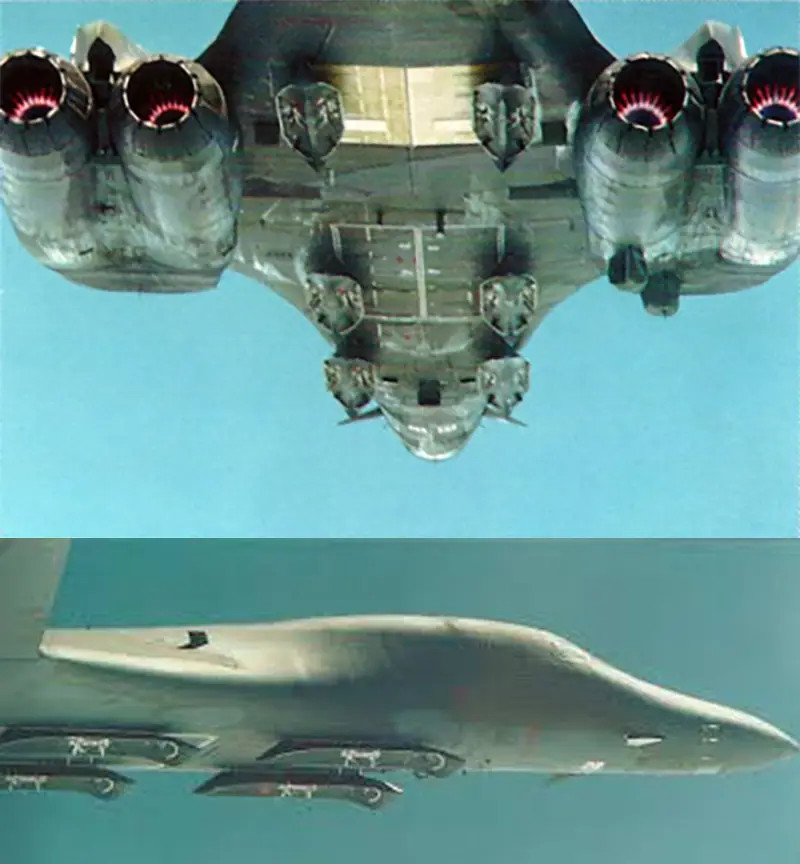
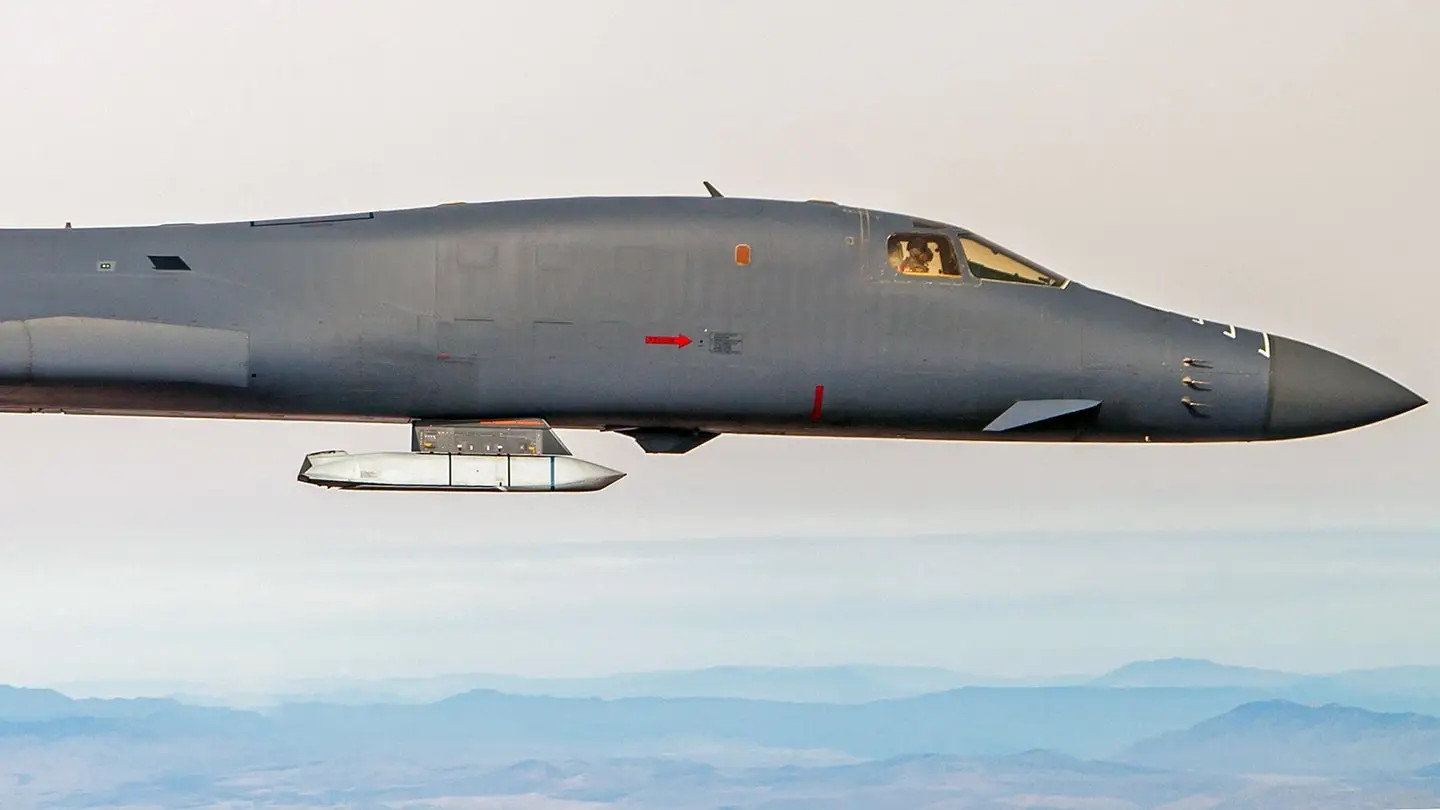
The LAM is “like Lego” and various different combinations allow B-1 to carry a variety of weapons using “one pylon versus seven,” Wong told reporters, according to Air & Space Forces Magazine‘s report. The new pylon can also be used to “carry some future concepts” and, with its 7,500-pound maximum load weight, could accommodate a single AGM-183A.
Boeing estimates that a B-1B with six LAMs installed underneath its fuselage could carry up to 12 future hypersonic cruise missiles or six of the Air Force’s new 5,000-pound-class GBU-72/B bunker busters externally. The pylons could be loaded with other conventional weapons, including a whopping total of 48 GBU-39/B Small Diameter Bombs (SDB), eight on each LAM. B-1Bs could still carry additional munitions in their three internal bomb bays, as well.
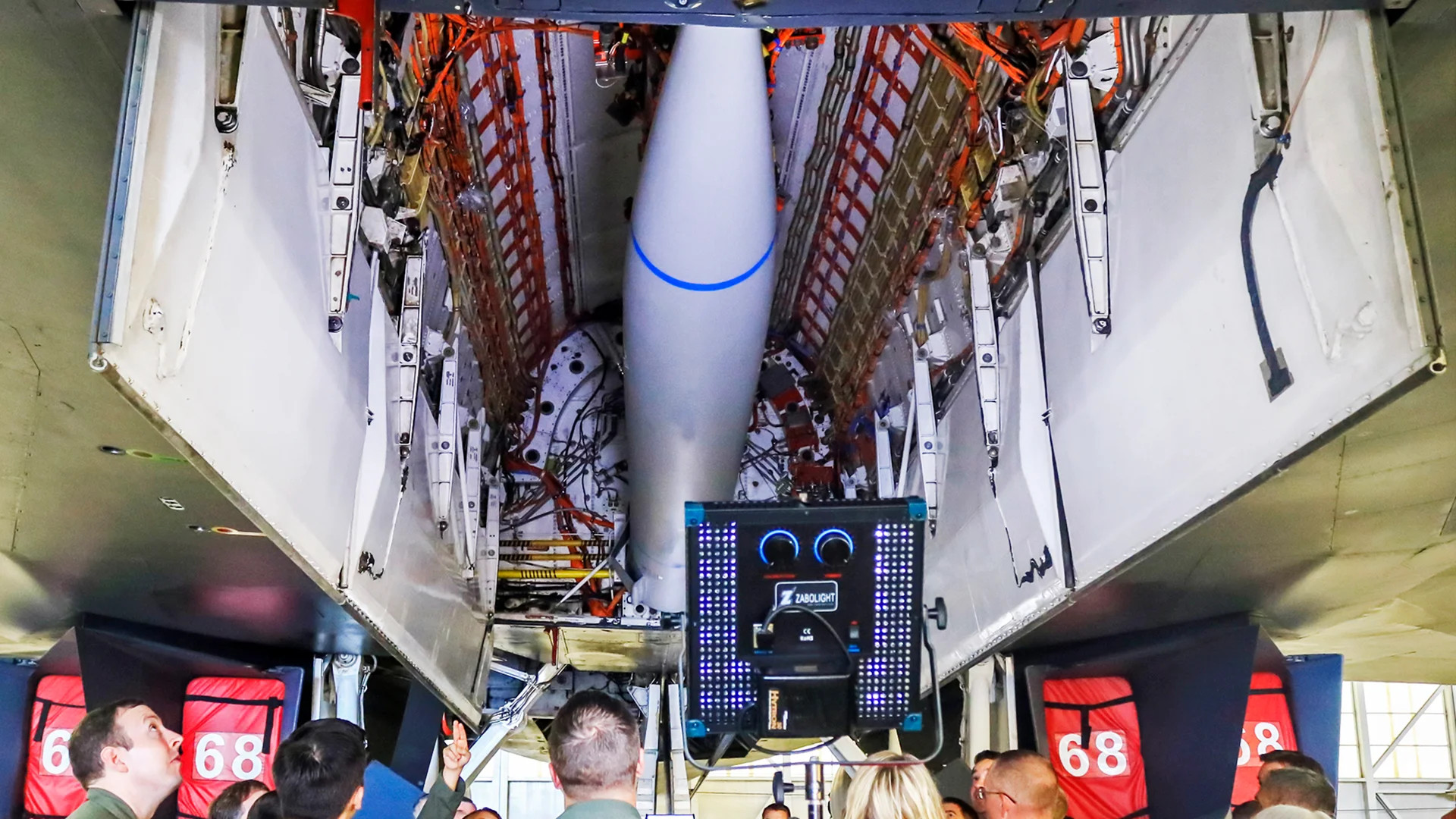
What specific hypersonic missiles might be launched from the B-1B in the future using the LAM, or any other kind of mounting hardware, remains to be seen. At the recent event at Tinker Air Force Base, Boeing displayed a LAM loaded with two mockup hypersonic missiles as an example of its capabilities. A company representative told The War Zone in a statement today that these mockups simply reflected a “representative hypersonic weapon” design.
That being said, the design is similar in many respects, at least externally, to an experimental Boeing hypersonic cruise missile HyFly 2. The biggest difference between the missile mockup at Tinker and what has been seen in past renderings of the HyFly 2 is the folding tail fins on the former design.

Details about HyFly 2 are limited, but it is known to be powered by an advanced scramjet engine. Scramjets do not work efficiently at lower speeds and therefore aircraft and missiles that use them typically require some kind of rocket booster to accelerate them to an optimal velocity first. Hypersonic speed is defined as anything above Mach 5.
HyFly 2 also has a so-called ‘waverider’ configuration wherein the missile is designed to ‘skip’ on the shockwaves generated during high-speed flight to help provide additional lift. Boeing has previous experience with designs like this, most notably the experimental X-51A Waverider that the Air Force conducted multiple flight tests of between 2010 and 2013. During that period, the X-51A set multiple world records for longest air-breathing hypersonic flights.

“With our industry partner Aerojet Rocketdyne, we are continuing to perform risk reduction for HyFly 2 under government contract,” Boeing told The War Zone in a statement today. “We continue the HyFly 2 risk reduction effort with the Air Force Research Lab (AFRL) and the Joint Hypersonic Transition Office (JHTO) to mature critical vehicle technologies and reduce risk for potential future applications.”
Right now, there does not appear to be an immediate plan to transform HyFly 2 into an operational weapon. However, the Air Force’s 2024 Fiscal Year budget request makes clear that work on HyFly 2, the Defense Advanced Research Projects Agency’s Hypersonic Airbreathing Weapon Concept (HAWC) project, and the U.S.-Australian Southern Cross Integrated Flight Research Experiment (SCIFiRE) effort are all feeding into its Hypersonic Attack Cruise Missile (HACM) program.
In September 2022, Raytheon won the contract to develop HACM, which is expected to be a waverider-like scramjet-powered design. The Air Force “will prioritize integration on the F-15E [Strike Eagle] platform to enable quick entry into flight test,” according to the service’s proposed Fiscal Year 2024 budget. The expectation is that it will be integrated onto other aircraft after that.

B-1Bs, with or without LAMs, could be used to test other existing hypersonic designs that might be under development now in the classified realm or future designs. The U.S. Navy, for instance, is actively pursuing an air-launched hypersonic anti-ship cruise missile as part of its Hypersonic Air-Launched Offensive Anti-Surface Warfare program, or HALO. HyFly 2 is an outgrowth of the original HyFly effort, a Navy-DARPA project that developed a demonstrator design seen as a stepping stone to an operational capability for the F/A-18E/F Super Hornet.
Boeing has shown concept art depicting Super Hornets, which the company also makes, at least for now, loaded with HyFly 2-esque and other hypersonic missile designs over the years. When asked about future prospects for HyFly 2 or related developments in general, the company told The War Zone that “we are prepared to consider potential future applications.”
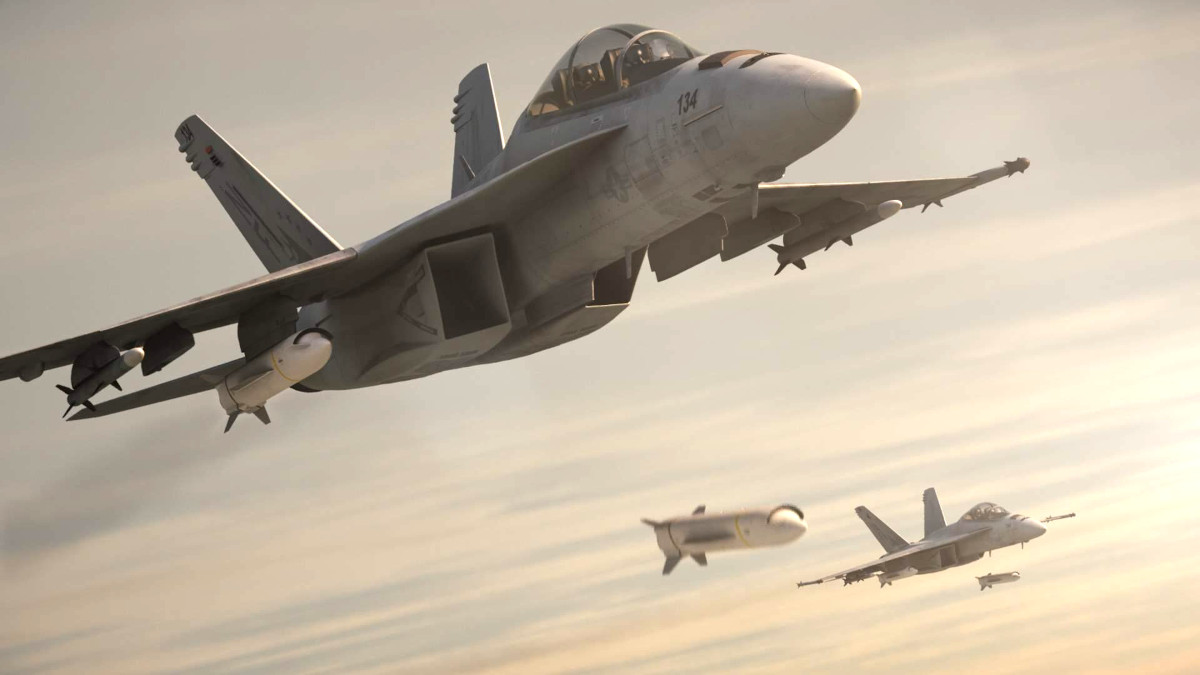
The U.S. military, as a whole, views various tiers of hypersonic weapons as essential additions to its arsenal if it is to maintain an edge over near-peer competitors, especially China. The Chinese and Russian militaries, among others, have fielded at least limited numbers of various hypersonic missiles and are pursuing additional developments in this regard.
Though their capabilities can vary significantly based on their exact design, hypersonic weapons broadly offer additional tools for striking distant hostile targets, and doing so quickly and reliably even in scenarios involving dense enemy defenses. In this way, hypersonic missiles offer especially valuable means of engaging time-sensitive strategic and tactical threats, including those inside denied areas, in a variety of crises and contingencies.
It is therefore not surprising that there has been an explosion of hypersonic weapons development across the U.S. military in recent years, as well as a similar surge in demand for various assets to support their testing.
Many U.S. allies and partners are similarly interested in hypersonic weapons and some could seek to partner with the United States on related development efforts. The Australian military has already teamed up with its American counterparts on SCIFiRE, which, as noted, is now feeding into HACM.
Now, the B-1B, together with LAMs capable of carrying HyFly 2, HACM, and other payloads, looks set to be an important part of U.S. hypersonic weapons development in the coming years.
Contact the author: joe@thedrive.com
